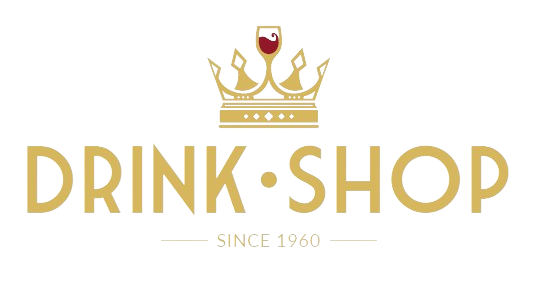Champagne is a high-quality sparkling wine produced primarily in the Champagne region of France. It is widely considered one of the most prestigious wines in the world and is often associated with celebrations and special occasions.
History: The history of Champagne dates back to at least the 17th century, when the region's Benedictine monks began producing effervescent wine. However, the process of producing sparkling wine was unstable and often led to bottles exploding due to the pressure generated by secondary fermentation. It was only in the 18th century that technology was developed to stabilize the process of refermentation in the bottle, making Champagne a safer and more consistent sparkling wine.
Grapes used: The three main grapes used in the production of Champagne are Chardonnay, Pinot Noir and Pinot Meunier. Chardonnay is known for imparting freshness, elegance and acidity to the wine. Pinot Noir adds structure, complexity and red fruit aromas. Pinot Meunier contributes softness, fruitiness and roundness to the overall taste of the wine. Some producers may use only one grape variety, while others may mix different proportions of these varieties to achieve the desired flavor profile.
Production: The production of Champagne involves several key steps:
- Grape harvest: The grapes are harvested manually to guarantee the quality and integrity of the berries.
-
Pressing: The grapes are delicately pressed to extract the must, which will be the base of the wine.
-
Primary fermentation: The must is fermented in stainless steel tanks or wooden barrels to transform the sugars into alcohol.
-
Blending: After primary fermentation, the base wines are blended together in specific proportions to create the desired blend.
-
Tirage: The base wine is mixed with a mixture of yeasts and sugar (liqueur de tirage) and bottled. Secondary fermentation takes place in the bottle, producing carbon dioxide which remains trapped in the wine and creates bubbles.
-
Aging: The bottles are then tilted and rotated periodically (remuage) to allow the yeast sediment to settle in the necks of the bottles. This process is known as "remuage" and can take several months.
-
Degorgement: Once the sediment has settled in the bottle necks, the neck is frozen and the cap is removed, expelling the sediment with gas pressure. A small amount of liqueur d'expédition (wine and sugar mixture) is added to balance the taste.
-
Refinement: After degorgement, the bottles are left to rest for a period of refinement in the cellar before being ready for marketing. This period can vary from a few months to several years, depending on the desired style and quality.
Once this complex series of processes is completed, Champagne is ready to be tasted and appreciated throughout the world for its elegance, complexity and refinement.

